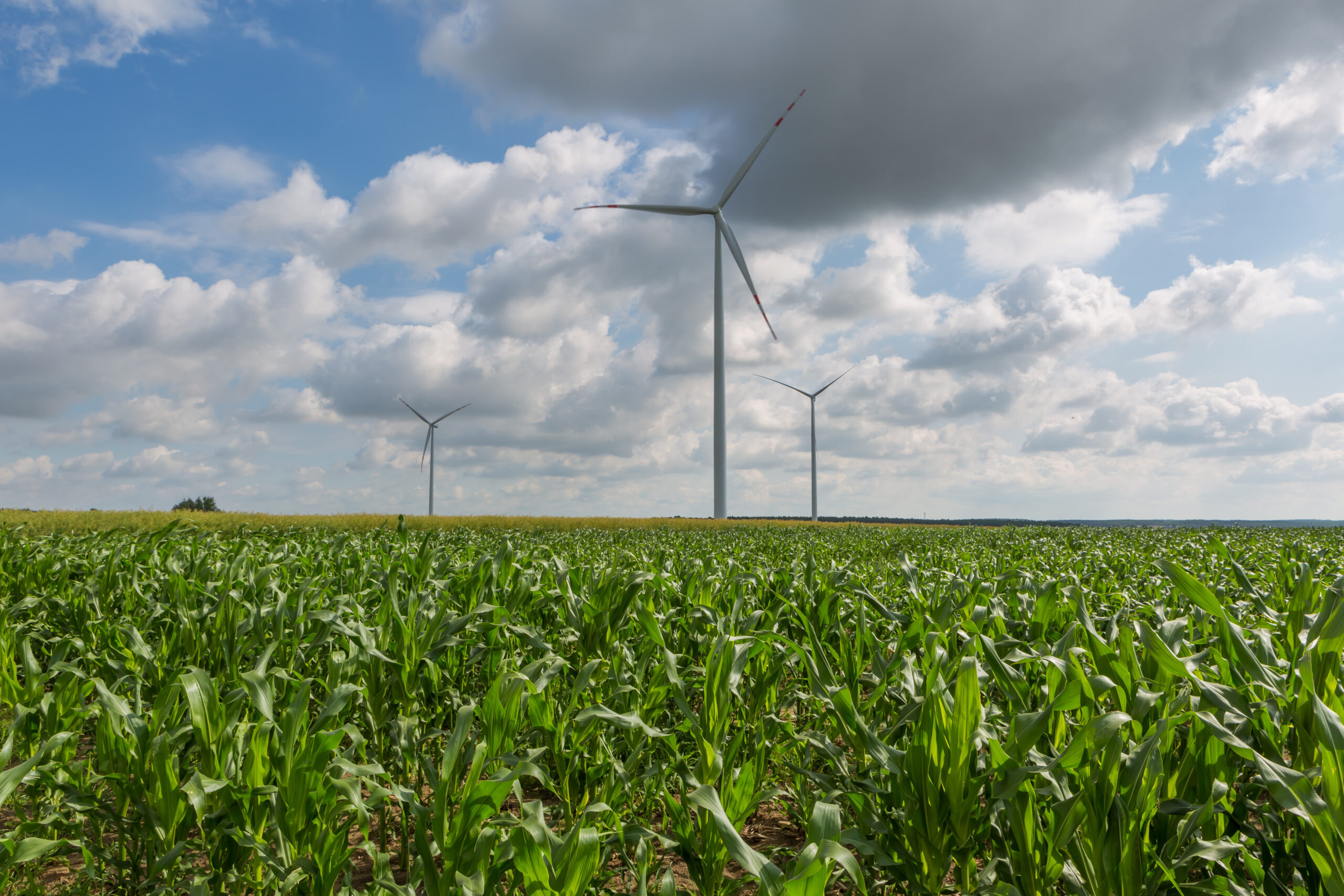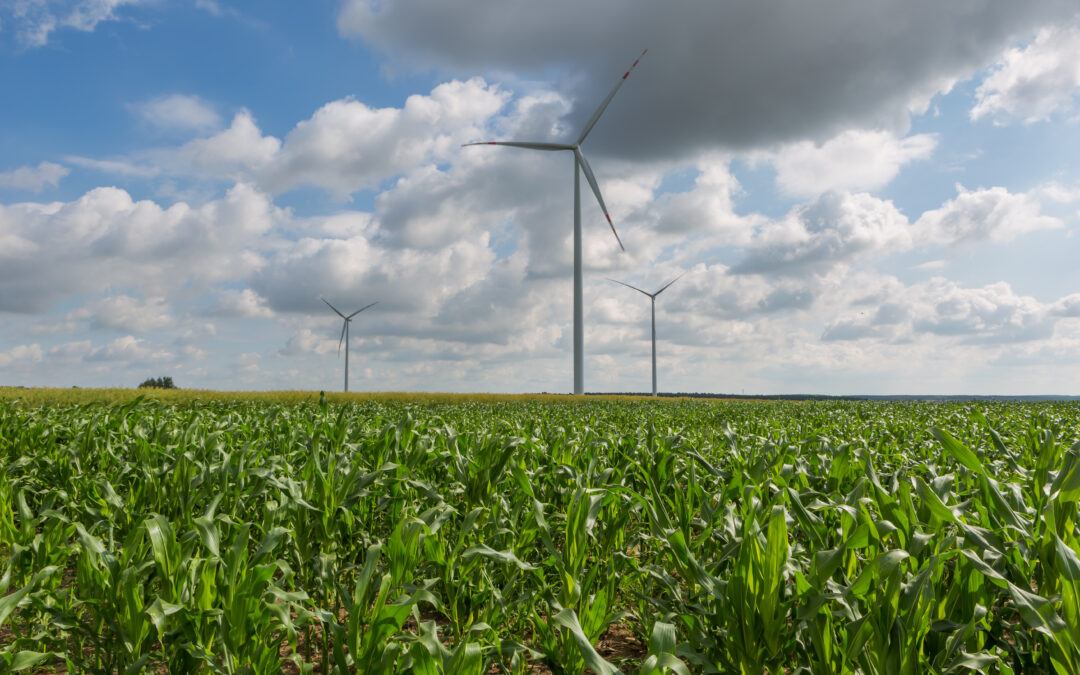Welcome to the world of home farming! With increasing concerns about food safety and sustainability, more people are turning towards growing their own produce at home. In this beginner’s guide, we will cover everything you need to know to start your very own home farm.

Introduction to Home Farming
Home farming is a great way to have access to fresh, healthy produce while also reducing your carbon footprint. By growing your own fruits and vegetables, you can save money on groceries and enjoy the satisfaction that comes from nurturing plants from seedlings to maturity. Additionally, raising livestock such as chickens or rabbits can provide you with fresh eggs and meat.
Choosing the Right Plants and Animals for Your Home Farm
The first step in starting your home farm is choosing the right plants and animals for your space. Consider what type of climate you live in, how much sunlight your garden receives, and the size of your property. Some popular crops for home gardens include tomatoes, lettuce, spinach, peppers, beans, and herbs like basil and rosemary. For animal husbandry, consider smaller breeds of chicken or ducks if you don’t have much outdoor space. Rabbits are another good option because they require less space than larger livestock.
Preparing Your Garden Space for Planting
Once you have chosen your crops and animals, it’s time to prepare your garden space for planting. Clear any existing growth from the area and remove rocks or debris. Add compost and other organic matter to enrich the soil and improve drainage. You may also want to install raised beds or containers for easier maintenance.
Tips for Growing Successful Crops at Home
Growing successful crops requires attention to detail and patience. Here are some tips to help you get started:
Start with high-quality seeds or seedlings
Water regularly but avoid overwatering
Use natural fertilizers like compost tea or fish emulsion
Keep an eye out for pests and diseases and take appropriate action when necessary
Harvest crops when they are ripe to ensure maximum flavor and nutrition
Raising Livestock on a Small Scale
If you decide to raise livestock on a small scale, there are several things to consider. First, make sure you have adequate housing and feed for your animals. Chickens, for example, require a coop with nesting boxes and a secure outdoor run. They should also be fed a balanced diet of layer pellets, greens, and insects.
Harvesting and Preserving Your Homegrown Produce
After all your hard work, it’s time to reap the benefits of your homegrown produce. Harvest crops when they are ripe and preserve them by canning, freezing, or drying. This will allow you to enjoy your homegrown produce throughout the year.
In conclusion, starting your own home farm can be a rewarding experience both financially and personally. By following these steps and taking care of your plants and animals, you can grow your own delicious and nutritious produce while reducing your environmental impact. Good luck on your home farming journey!





